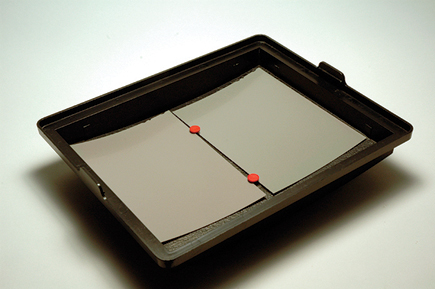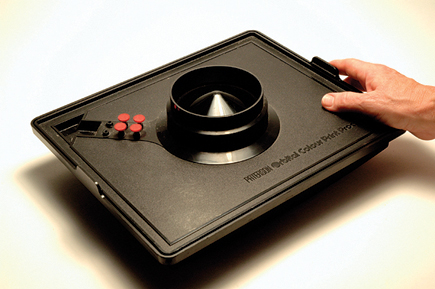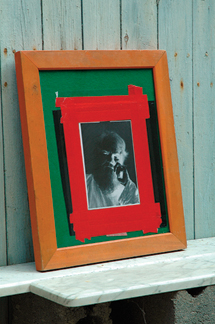Very nice and instructive article. It opened my eyes to those incredible Orbital Processors and motivated me enough to buy one.
Thanks.
Are there no drawbacks? Of course there are. If you are not methodical, you can fog the film, or double-expose it, or fail to record an image at all. The cameras are, inevitably, bigger and heavier than point-and-shoots. You need a tripod, but it needn't be anything very fancy: mine dates from the '50s and cost me about $45. I've another I was given. I had to replace a couple of locking screws, but so? Oh: and you need a black focusing cloth, though at a pinch, a reasonably opaque jacket will do.
 |
|
|
The thing is, this was the way that the vast majority of serious photographers worked for the first 70 or 80 years after photography was invented, and plenty still work the same way today. It just isn't that difficult. If it were, photography would never have caught on. So what are you waiting for?
 |
|
|
 |
|
|
 |
|
|
 |
|
|
 |
|
|
 |
|
|
 |
|
|
 |
|
|

Very nice and instructive article. It opened my eyes to those incredible Orbital Processors and motivated me enough to buy one.
Thanks.

One of the best things about the 5x7 format is its proportions. It is longer than 4x5, less boxy, wider--more like the natural vision of the human eye.
That's a beautiful Argyrotype! I wonder if you would comment on how easy or difficult the process is to master?